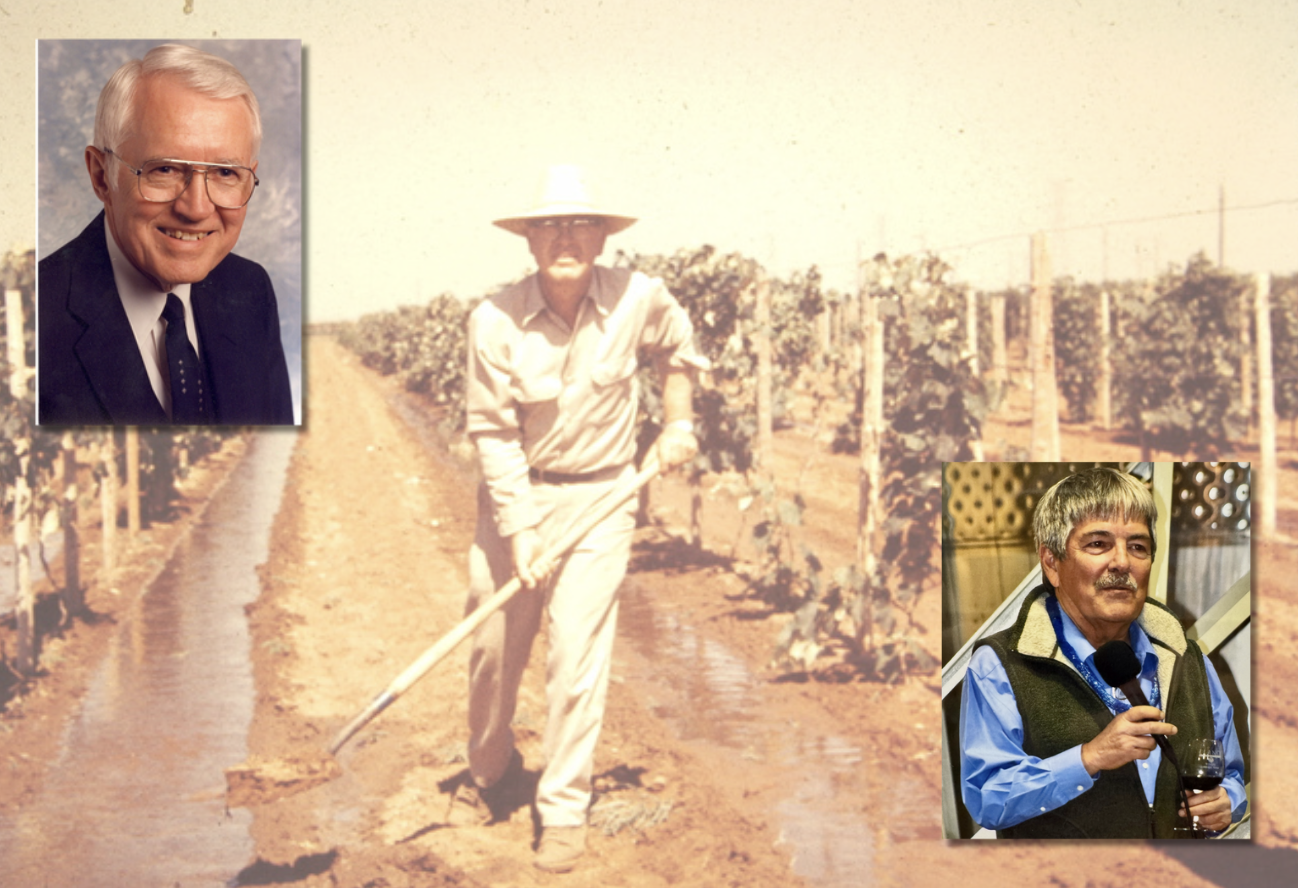Photo above: Clinton “Doc” McPherson in his vineyard. Harold Harriger (upper left), Don Graf (lower right at a Llano Estacado Winery event years after the McCleskey Law Firm helped launch the winery).
Welcome to the seventh in a series about McCleskey’s history … this chapter on the 1970s.
Chapter 1: Firm’s beginning.
Chapter 2: 1930s.
Chapter 3: 1940s.
Chapter 4: 1950s.
Chapter 5: 1960s.
Chapter 6: Attorney Clancy Brazill survived deadly tornado 19 floors above Lubbock
Harold Harriger walked into Don Graf’s office in the mid-1970s.
“There are three guys out here who want to start a winery,” Graf said Harriger told him.
“What do we know about wineries?” Graf asked his law partner.
“Well, they don’t know anything either. We’re going to help them,” Harriger said of three Texas Tech professors.
Llano Estacado Winery was born and Graf just recently resigned as the winery’s chairman of the board almost 50 years later.
As the McCleskey Law Firm nears its 100th anniversary in 2028, Llano Estacado Winery is one of endless businesses it helped launch. But with this business – the firm also helped launch the now-robust Texas wine industry.
It was one of the firm’s highlights in the 1970s – a decade where they found their current home after the 1970 Lubbock tornado, founder Hobert Nelson retired, current Managing Partner Jerry Kolander and others joined the firm and the beginnings of technology crept into McCleskey’s legal processes.
Finding a permanent home
The firm’s interim post-tornado quarters at 1801 Ave. Q didn’t have much space to spare so young attorney Kolander found his office in the supply room.
“They had supplies on the wall behind my desk, which was a conference table. If I closed the door, a secretary would knock if she needed something. If I was interviewing a client, then she would just walk on in and get stuff off the shelf, walk out and close the door again,” Kolander remembered.
The firm’s offices on Avenue Q were in a one-story building with a kitchen, lobby and offices for the other lawyers.
Kolander’s sacrifice and dedication was rewarded when he made partner in 1976, a couple of years after the firm moved to their permanent, current location, the fifth floor of the Plains Capital Bank building on the corner of University and 50th. The firm also uses part of the third floor.
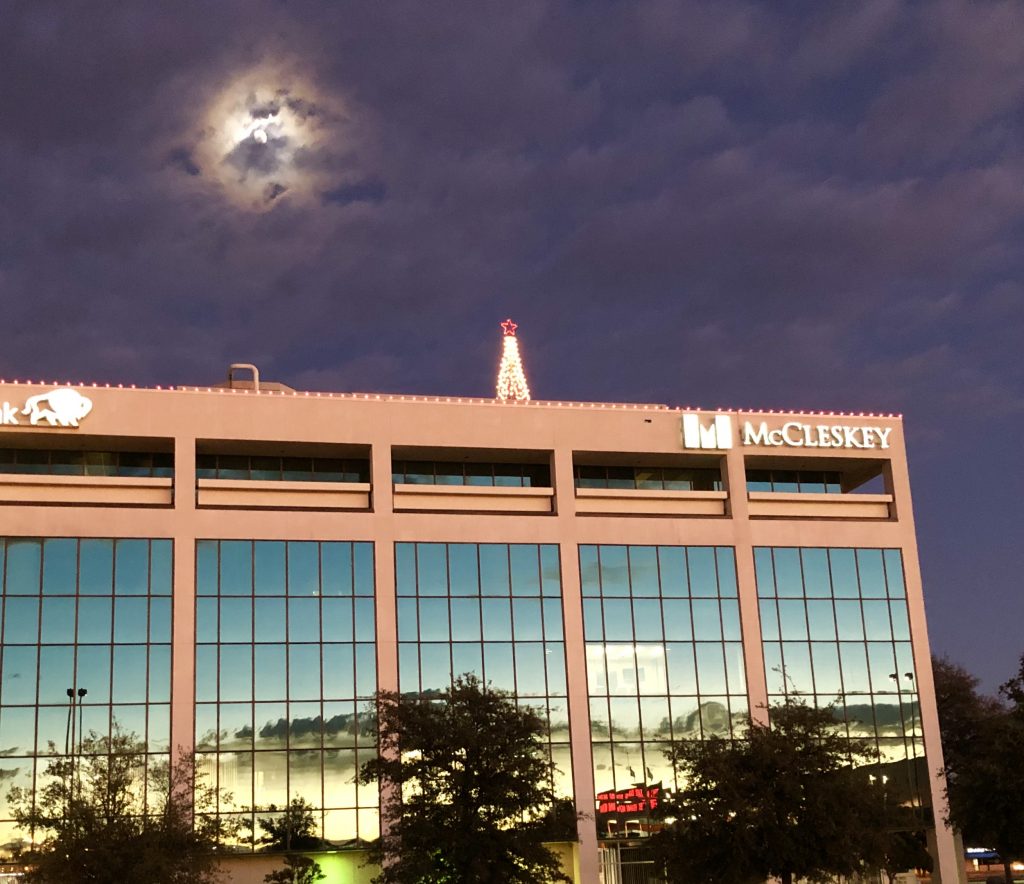
Helping launch winery and Texas wine industry
In 1966 Tech professors Clinton “Doc” McPherson and Robert Reed – pioneers of the Texas wine renaissance – planted an experimental vineyard of different grape varieties in a converted Lubbock cotton field to see which would survive and thrive on the West Texas High Plains.
Ten years later, they went to the law firm.
Harriger, Graf and Kolander helped get the winery established. Any others?
They even put sweat equity into the vineyard. Graf suffered an auger injury while helping pick grapes.
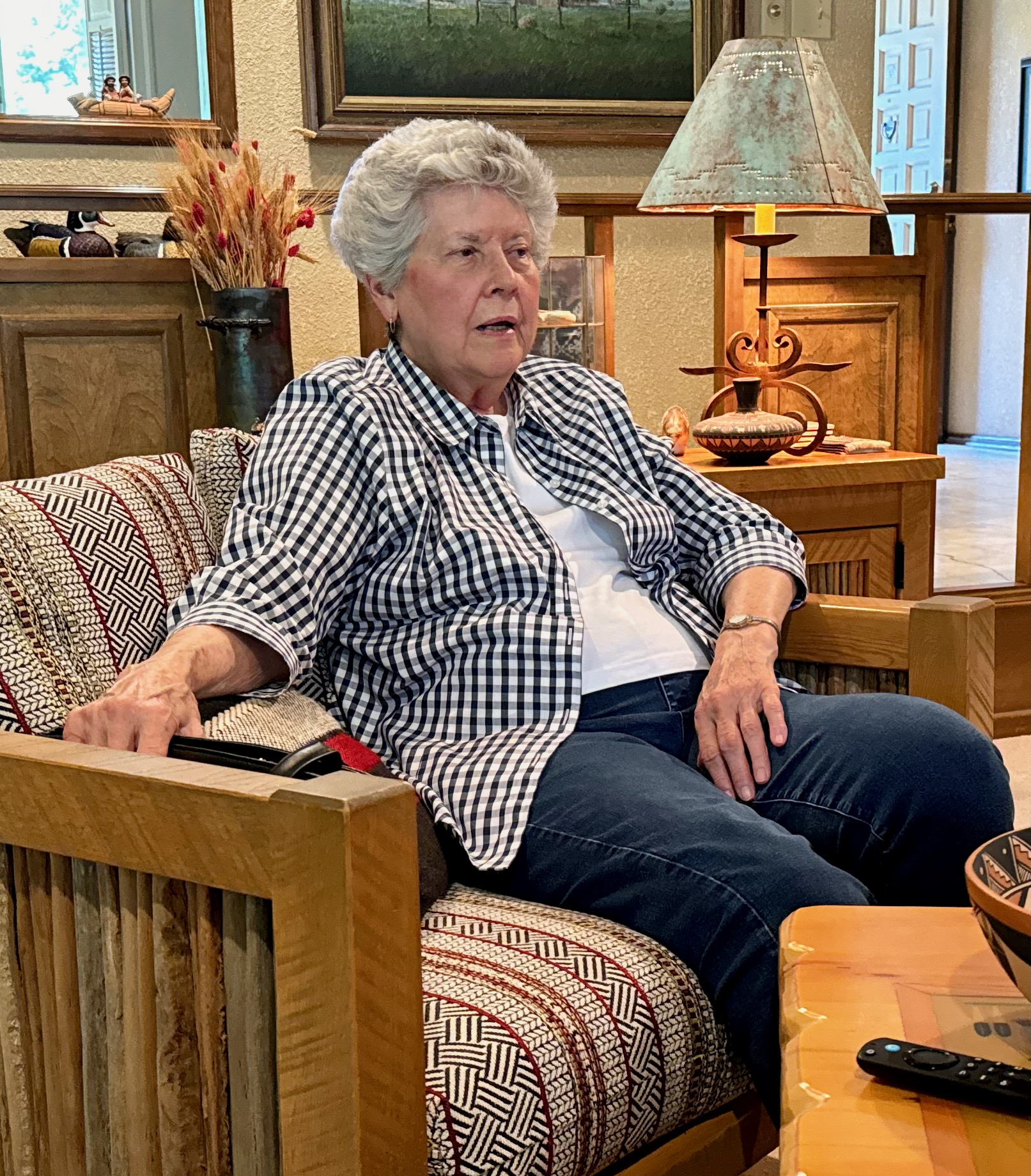
Mary Cato, one of the firm’s legal secretaries, was drafted to be Llano Estacado’s bookkeeper.
“I paid bills and whatever they needed. There are just all sorts of aspects about it,” Cato said.
The name, meaning “Staked Plains” in Spanish, was named after the geography of the Texas High Plains, which in 1993 became an American Viticultural Area, meaning wines saying “Texas High Plains” on the bottle must have at least 85 percent of the grapes from that defined area.
Chemistry professor McPherson and Reed, who taught in the department of Plant and Soil Sciences, started an experimental winery in the Chemistry Department basement when Tech professors were encouraged to take on research projects.
That led to the vineyard and eventually the first winery in post-prohibition Lubbock County, while it was still a dry county.
State legislation in 1978 allowed wineries in dry counties.
Centuries earlier, further west in El Paso, the Spanish Franciscan Friars, made the first sacramental wine in Texas in the 1660s and winemaking continued to some degree until prohibition in the 1930s.
Reed passed away in 2013, McPherson a year later.
McPherson’s son Kim opened McPherson Cellars in 2008, joining Llano Estacado and a growing list of wineries on the High Plains – which has become known for making wines from grapes found in the south of France, Portugal, Spain and Italy.
Most grapes grown in Texas comes from Terry County, southwest of Lubbock.
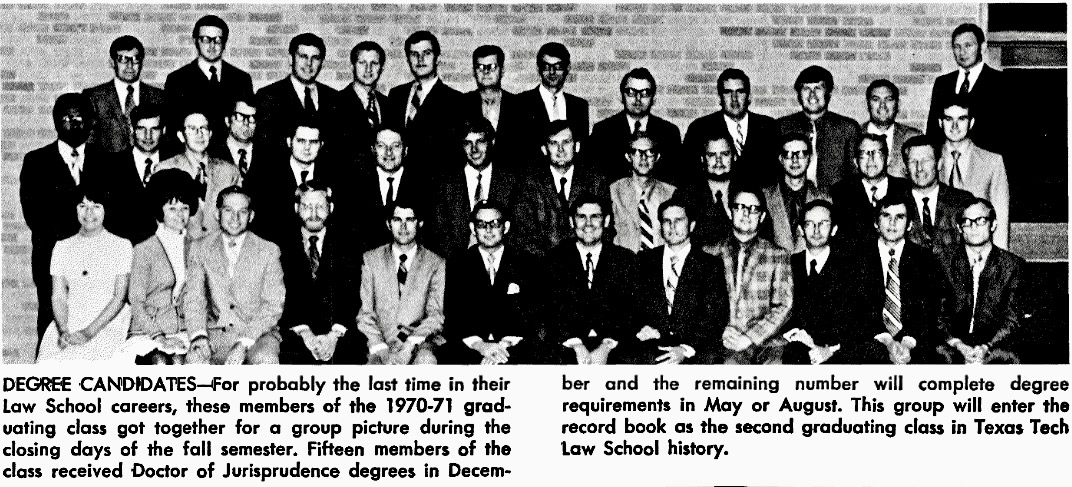
Firm changes through the decade
Kolander came to the firm in July 1971.
He remembers Dean Richard Amandes of the Texas Tech School of Law asking Kolander and two of his fellow students if were interested in staying in Lubbock.
“I said I was.”
Kolander had a history degree from Tech and grew up around lawyers – his grandfather was a lawyer, then a judge in Minnesota and his dad was a lawyer in Amarillo. He was in Tech law’s second graduating class.
Amandes told him to call the firm.
“It was a blessing.” Kolander had attended church with Graf and he and his wife sometimes babysat Graf’s children when the Grafs went on short trips.
Knowing Graf was a definite benefit for getting hired, he said.
The attorneys who were practicing when the young lawyer joined the firm were Graf and Harriger, George McCleskey, Hobert Nelson, Clarence “Clancy” Brazill, Robert Rex Aycock, Johnny Roy Phillips and Ernest Finney Jr., who graduated from Texas Tech about the same time as Kolander.
The firm’s name had changed to reflect Brazill as a partner under the name Nelson, McCleskey, Harriger & Brazill.
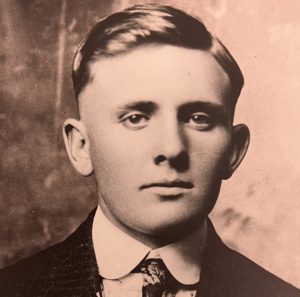
Then founder Nelson retired in 1972 and the firm took the name it has to this day – McCleskey, Harriger, Brazill and Graf.
“In the 1970s the firm lost its original founder from the 1920s and the firm was finding its new way. New personalities were making a big impact,” said Bill Lane, McCleskey partner and the firm’s historian and partner.
All lawyers worked a 5½-day weekly schedule, with Saturday morning an ordinary time for work. One of the firm’s secretaries rotated every week, sharing the Saturday morning schedule among the support staff.
“My practice was very, very general, but the whole law firm practice was pretty general,” Kolander recalled. Brazill specialized and remained focused on tax law. “We all did litigation.”
Today the firm’s lawyers are more specialized, he said.
He remembered middle-of-the-night calls from Harriger, who had clients who sometimes ended up in jail for drinking too much.
“I’d have to go bond them out at the jailhouse at 2 o’clock in the morning and take them to their car — wherever the police had stored it.”
The legal database LexisNexis, then known as LEXIS, appeared in 1973, in the form of UBIQ, a red terminal, offering lawyers an alternative to bound legal books for researching case law online. It foreshadowed the technology revolution continuing to evolve and change the work of legal firms. Computers began to be commonplace in the workplace in the 1980s.
A bombing
If a letter bomb explodes in a U.S. Post Office, is it suspected domestic terrorism or stupidity that rises to a federal offense?
Kolander had to sort those issues in one of his first cases at the firm in the 1970s.
Kolander was eager to build his practice when the firm hired him after his graduation from the Texas Tech University School of Law in 1971.
The federal district court assigned cases to local lawyers on a rotating basis and Kolander was handed one case to act as a public defender.
U.S. District Judge Halbert Woodward assigned him to represent a man accused of mailing a pipe bomb to his girlfriend that blew up at the U.S. Post Office in Levelland.
“It didn’t kill anybody, but it created a bunch of havoc. They arrested the guy and I was appointed to be his lawyer,” Kolander explained in a recent interview in his corner office at the firm.
“When I met with him, he vehemently denied having any knowledge of it or doing anything wrong. He knew the girl, yes, but he would never mail a bomb, certainly not to her.”
The ’70s had its share of domestic terrorism.
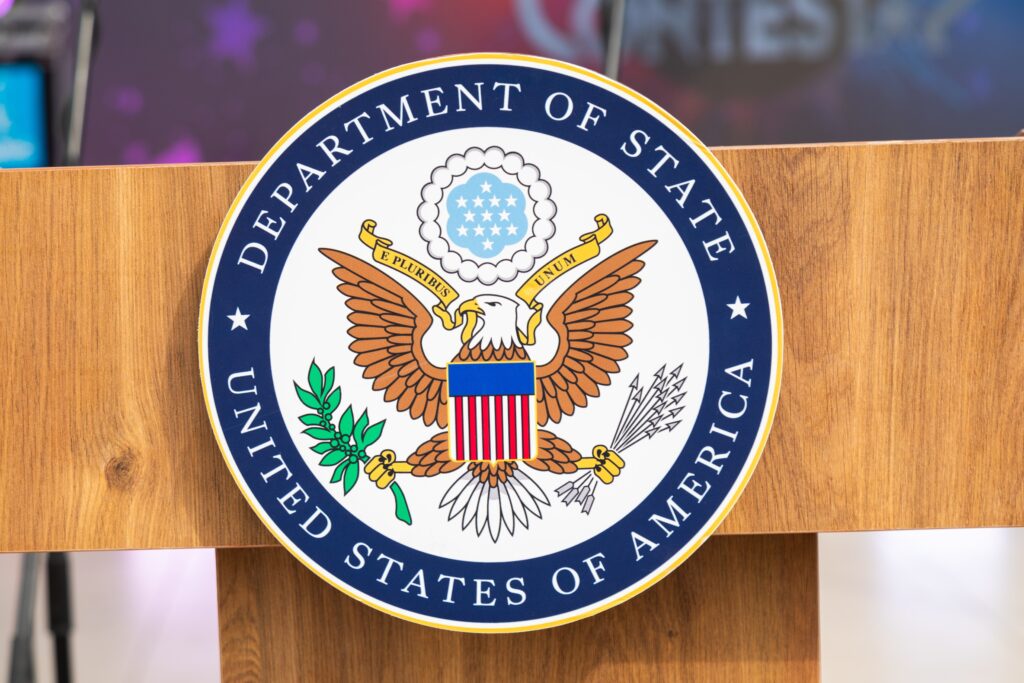
The Weather Underground, a violent offshoot of the SDS (Students for a Democratic Society) blew up offices at the U.S. State Department in Washington, D.C., in January 1975. They also planted a bomb at a military site in Oakland, Calif., but authorities found and detonated it before it exploded.
By the next year, the group claimed credit for 25 bombings, according to an internet post at fbi.gov. The FBI made arrests in this case in 1978.
Also in the 1970s, Ted Kaczynski, who became known as the Unabomber, begin his 20-year siege of terror by exploding a bomb at a Chicago university. He built untraceable bombs and delivered them to random targets. He was arrested in 1996 after his brother helped the FBI and other law enforcement identify him.
Meanwhile, Kolander discovered his client was not as innocent as he claimed.
“I trusted his story, but I had some questions,” Kolander remembered. “So I went to the U.S. Attorney’s Office and said, ‘Tell me what evidence you have.’”
They showed him.
The bomb had not obliterated the brown paper wrapping the explosive and the outside revealed the client’s girlfriend’s address.
“What got me was his name was shown as the return address. The wrapping paper had his name and address in his handwriting,” he said.
No cellphones in the ’70s, so Kolander didn’t get a picture, but now he knew what the prosecutors knew.
Still, his client didn’t know everyone was onto him.
A couple of days later Kolander went for a chat with his client in jail.
“Did you get to talk to the prosecutors? Are they getting ready to let me go?” the client asked, proving he wasn’t as smart as he thought he was.
“I said, ‘Well, I don’t think that’s quite what’s going to happen.’”
After explaining the incriminating details, Kolander said, “You might as well level with me. Is it you or not?”
The client admitted he did it.
“I said what we need to do is work out a plea,” Kolander remembered, and the case was resolved.
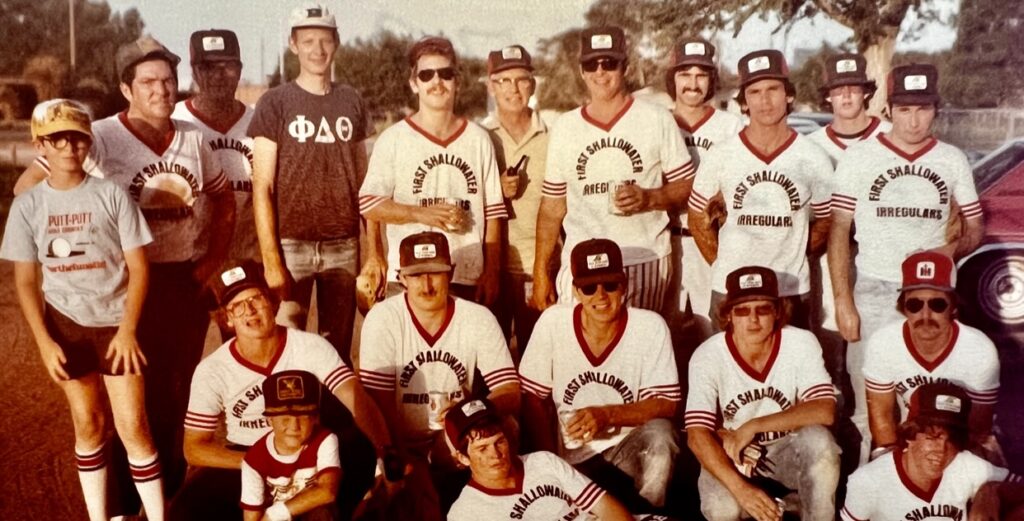
Having some fun, too
Beyond their legal acumen and budding vintner skills, the firm’s attorneys played softball.
It was matter of pride for Kolander who played college baseball at Tech.
“We won the city championship one year. We organized after Don (Graf) hurt his arm (picking grapes). He became pitcher because he couldn’t do anything else with his arm.”
The McCleskey team, sponsored by the Teinert Construction Company, joined forces with Mason Warner & Co. LLC, an accounting firm.
Kolander remembered he led the team in batting. He had a .335 batting average at Tech.
Along with softball, the firm’s lawyers and staff created a dove hunting tradition and competed with an “earned-bird-average or EBA,” created by Brazill, which compared the number of shots to the number of doves downed. For example, if someone used 10 shots to get two birds, their EBA, would be .555.
“We would all go hunting the first day of dove season and it’s carried on forever. You didn’t win anything, but you got bragging rights,” Kolander said.
Also, Kolander with Graf, Harriger and a rotating member of the legal team who could carry a tune formed a musical quartet.
He also remembered dressing up his kids for Halloween and trick-or-treating at McCleskey’s house.
“The firm was really a big family and they took us in,” he said.
The firm’s social activities reflected a broader expansion of leisure time both in Lubbock and across the country, Lane said.
It was an attitude of the younger generation who had witnessed their hard-working parents, who had struggled through the Depression.
“The work ethic was pushed to the side, just a little bit,” Lane said.
 What else was happening in Lubbock
What else was happening in Lubbock
The following highlights shaped Lubbock in the 1970s, according to the “Centennial History of Lubbock: Hub City of the Plains,” by Paul H. Carlson:
- City population grew from 149,101 in 1970 to 173,979 in 1980.
- The 26 miles of Loop 289 was under construction for 12 years from 1960-1972, according to Texas Department of Transportation. Lubbock was among the smallest U.S. cities to be encircled by a loop highway.
- Voters approved $14 million in bonds for a modern airport and Lubbock Preston Smith International Airport opened in 1976. Southwest Airlines came to the new airport in 1978, when 178,000 people boarded planes at the airport, up from 81,357 in 1973.
- A medical school for Texas Tech, approved in 1969, accepted its first class of students in 1972.
- University Medical Center – the county hospital – opened in 1978.
- The South Plains Mall launched in 1972, drawing businesses away from downtown as mall shopping centers did elsewhere in the country.
- Also in 1972, Wayland Baptist University Lubbock began accepting students, Lubbock Arts Alliance was formed and liquor by the drink came to local restaurants.
- In 1973, Texas Instruments began business in a 700,000 square foot computer-chip facility and employed 1,500 people. South Plains College opened an extension office in Downtown Lubbock.
- Also in 1973, the Texas Legislature drew single member districts, ending at-large elections for Lubbock City Council, after a lawsuit.
- In 1976, Texas Tech Red Raiders were Southwest Conference Football co-champions with Houston.
- Walls of the Texas Tech University Center (now the Student Union Building) were covered in macrame, a popular hobby creating art from knotting cords.
What else was happening in America
According to History.com:
- The fight for Civil Rights continued. The Kent State shooting occurred during student protests in 1970. Women, gays and lesbians, African Americans, Native Americans and other marginalized people continued to fight for their place in American society, including a 1971 protest in Lubbock, “La Marcha de Fe.”
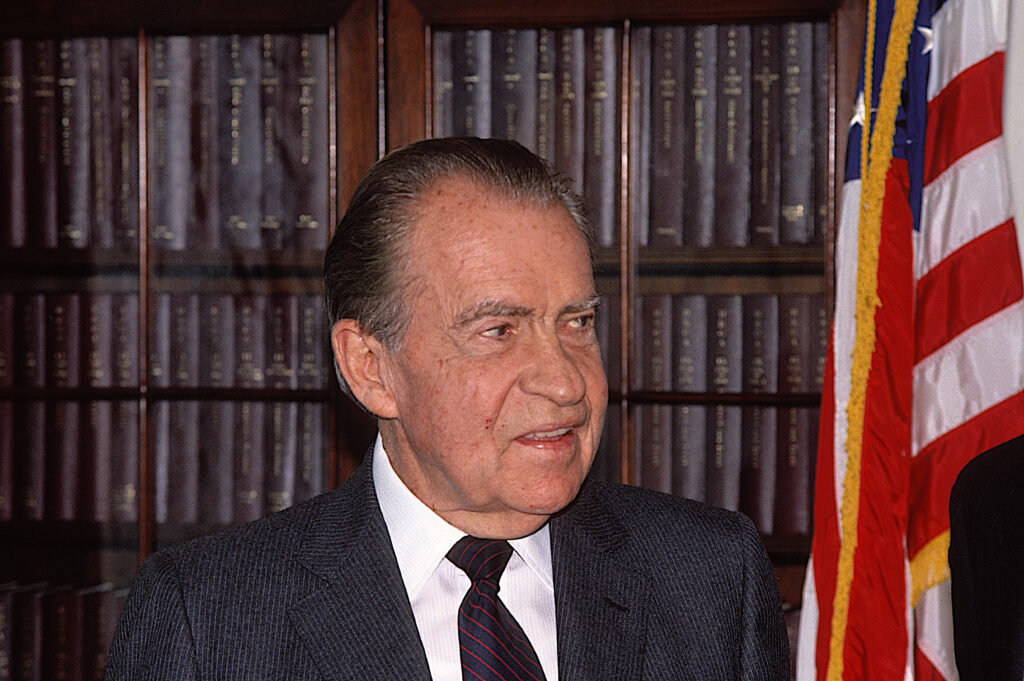
- The rise of the “Silent Majority” was a conservative backlash to the 1960s. The New Right emerged and after his election in 1968, President Richard M. Nixon began dismantling elements of former President Lyndon B. Johnson’s Great Society, which was called “the welfare state,” by its distractors.
- Americans began celebrating Earth Day in April 1970. Congress passed the National Environmental Policy Act and it was ratified in January 1970. The Endangered Species Act and Clean Water Act soon followed.
- Palestinian terrorists stormed the 1972 Olympics in Munich, Germany, killing two Israeli athletes and took nine others hostage. Later, five terrorists and one policeman were killed in a shootout at the Munich airport, ending the hostage situation.
- The Watergate scandal ended President Nixon’s presidency. He resigned 1974.
- The Vietnam War became increasingly unpopular, especially after the Pentagon Papers, detailing American involvement, were published in 1971. American troops left in 1973 and Saigon fell to the North Vietnamese in April 1975.
- In 1973, the Supreme Court ruled in Roe v. Wade that women had a fundamental right to end a pregnancy. That ruling was overturned in June 2022.
- Also in 1973, Billie Jean King defeated Bobby Riggs in the “Battle of the Sexes” tennis match.
- In 1976, the U.S. celebrated its Bicentennial.
- In the 1976 Olympics, where security was increased, gymnast Nadia Comaneci of Romania, became the first athlete to score a perfect 10 in all her events.
- The 1973 OPEC oil embargo and following energy crisis shadowed the presidency of Jimmy Carter and the subsequent Iran Hostage Crisis in 1979 was seen by some as the final blow to his one-term presidency.
- The Beatles broke up in 1970, but music fans listened to artists like Dolly Parton, Stevie Wonder, Elton John, David Bowie, Olivia Newton-John and Marvin Gaye on their 8-track tapes. Littlefield’s Waylon Jennings teamed up with fellow Texas Willie Nelson and became prominent members of the Outlaw Country movement challenging Nashville’s hold on country music. Former Texas Tech student John Denver became famous for songs like “Rocky Mountain High.” Rock bands like Led Zeppelin, the Rolling Stones, Fleetwood Mac, Bruce Springsteen and Queen filled stadiums in the 1970s. Disco rose and crashed in the decade.
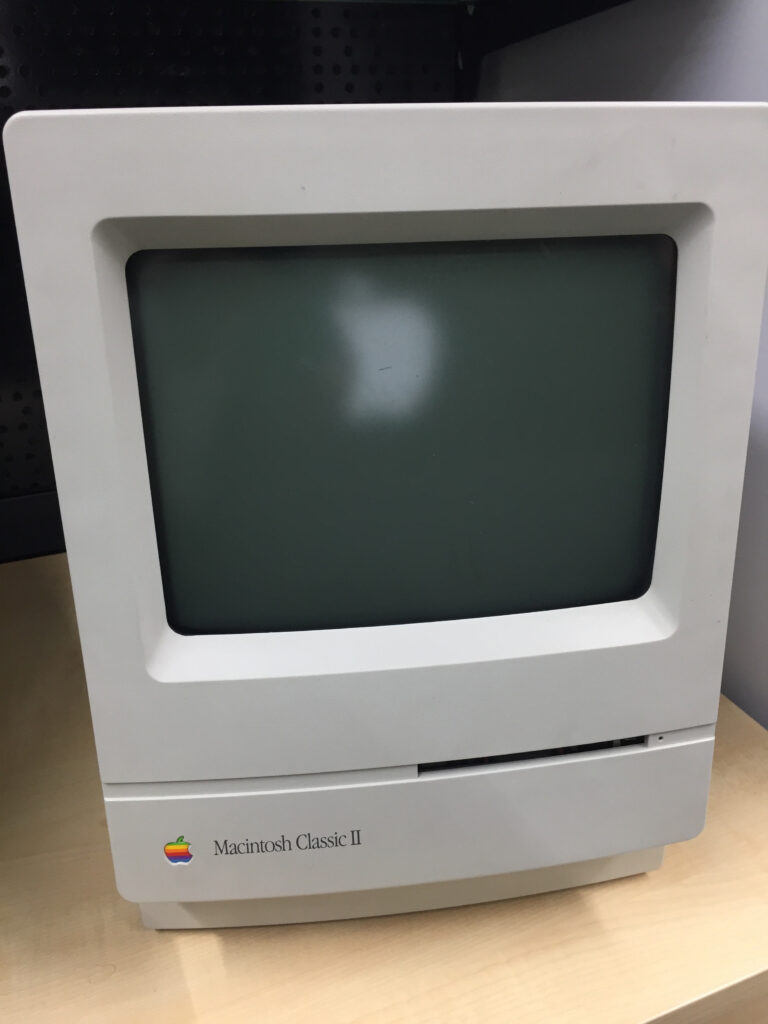
- Apple Computer Company began in the 1976 and release Apple II the same year. Personal computers and the internet were still a decade away.
- Microwave ovens, invented in the 1940s, became widely used in the 1970s.
- The Walkman made music portable and available to individuals in 1979.
- ATMs became more widely available in the 1970s.
- Moviegoers watched movies like “Star Wars,” “Jaws,” “Rocky,” “Network,” “The French Connection,” “Chinatown” and “All the President’s Men.”
